Ugu Seedlings | Fluted Pumpkin (UGU)
Fluted Pumpkin Telforia Occidentalis is a drought-tolerant, dioecious perennial crop that is indigenous to the Southern part of Nigeria and it belongs to the family of Cucurbitaceae. It is widely grown in many nations of West Africa but is mainly cultivated in Nigeria, for its highly nutritious leaves which are used primarily in soups and herbal medicines. Common names for the plant are fluted gourd, fluted pumpkin, and ugu. The fruits are not edible but seeds produced by the gourd are high in protein and fat meaning that they can be included in the dishes to make a well-balanced diet.
Fluted Pumpkin is estimated to be consumed by 30 to 35 million people in Nigeria with a larger percentage of the plant being consumed in the South East of Nigeria. It is noted to have healing properties and it has been used as a form of blood tonic, to be administered to anemic patients.
Description:
Fluted Pumpkin is majorly a dioecious flowering plant, which means that, it produces separate male and female parts on different plants, with very few documented cases of monoecious (both male and female parts in the same plant) flowering. The plant is large ranging in size from 16 to 105 cm in length with an average diameter of 9cm. The seed count in the fluted gourd can be up to 196 and above per gourd, typically 3.4 to 4.9cm in length for both pistillate and staminate varieties. Fluted pumpkin flowers grow in sets of five showing a creamy-white and dark red petal unlike the light green colour of the young fruit and yellow colour when ripe.
Benefits of Fluted Pumpkin | Ugu Seedlings
1. As a result of the haematinic (Iron, B12, and Folate) properties of the fluted pumpkin leaves, liquid extracts from the leaves can be used in the treatment of anemia because of the high levels of protein and iron in the plant.
2. The root of the plant possesses anti-plasmodial and schizonticidal properties making it capable of treating parasitic malarial infections.
3. The plant contains high amounts of phosphorus making it useful for keeping off the onset of kidney diseases like kidney stones.
4. Fluted pumpkin seed oil contains high amounts of anti-oxidative properties such as oleic acid, vitamin A, alkaloids, tannins, and linoleic acid which makes it capable of treating infertility in males by boosting the functionality of the testicles for an increased sperm count.
5. Additionally, the seed has been highly recommended for nursing mothers due to its lactating properties.
Propagation and Planting of Ugu Seedlings
Ugu (Fluted Pumpkin)’ growing period begins in April or May, it is a fairly drought resistant, vine grown plant which can be grown on a wide range of soil. The seeds are viviparous (germinating in the fruit) and due to the recalcitrant nature of the seeds it can only be stored for a maximum of 3 days after extraction from the fruit. The critical moisture content below which the seeds cannot recover from desiccation is 40 to 60%. It can be intercropped with other food and vegetable crops such as yam, maize and cassava, or it can be planted against fence or bamboo stakes can be prepared for it. It is propagated by seeds sown directly into the soil typically in groups of 3 to increase output in a case of failed germination or at the rate of 30, 000 to 70,000 seeds/Ha with a spacing of 0.3-1m x 0.3-1m. For fruit production, wider spacing is required when using stakes while densely spaced stands are best for leaf production.
Management of Ugu Seedlings
Staking Ugu can be carried out during the rainy season to prevent disease infection; the plant can be stacked individually with bamboo trellis, especially for fruit production. It can be planted without staking during the dry season for leaf production as disease attack is not that prevalent during this period and it should be noted that staking has no significance on the leaf yield. During the dry season, weeding can be done twice before the plant’s leaf canopy is fully developed to smother the weeds by itself, while three times weeding may be required in staked crops during the rainy season. The first pruning can be done 4 weeks after emergence to increase growth and stimulation of branching. Watering is done once every 3 days. Organic manure or inorganic fertilizers are used in traditional systems, but for an optimal leaf yield the recommended fertilizer application is 100 kg K2O and 50 kg P2O5 per ha. Female plants are more vigorous than male ones and produce higher vegetative yields. A high proportion of female plants by removal of a part of the male plant is desirable for high leaf and fruit yields.
Pests and Diseases of Ugu Seedlings
The common pests of fluted pumpkin are Grasshoppers which feed on the foliage and stems, Leaf and Flower Beetles which feed on the leaves, White Beetle feeds on the fruits and flowers, Aphids hinder growth by feeding on the stem, Thrips which causes flower abortion and Green Shield Bug feeds on leaves, stems and fruits.
White leaf spot disease, caused by Phoma sorghina, reduces the leaf lamina. It also affects the seed. It was recorded that in the long term storage fungi is capable of causing 95% loss in storage while bacteria can cause only 5% loss.
Harvesting
The harvesting of the first leaves and shoots begins a month after planting and subsequent harvesting can be at 2-4 weeks intervals. The fruits are harvested 9 weeks after fruit sets and this is usually harvested between October and December. A special technique in harvesting is cutting at the joint where the secondary stem is attached to the primary otherwise, the death of the primary stem is inevitable.


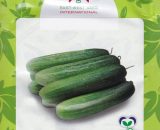



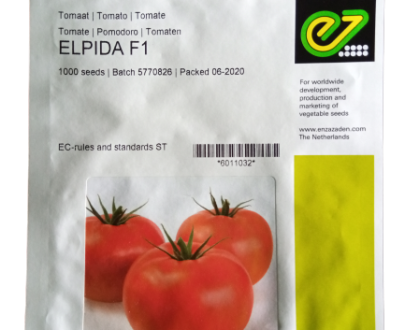



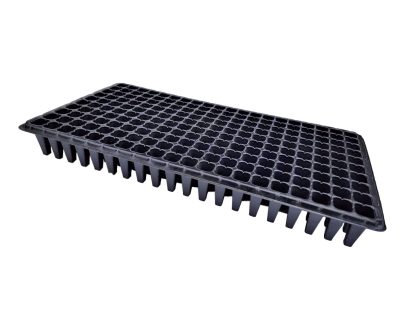



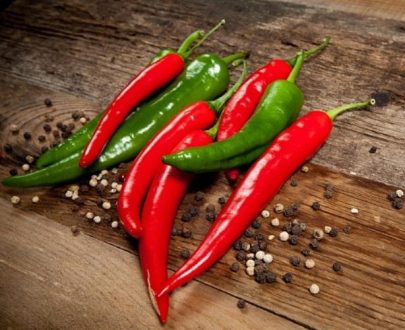
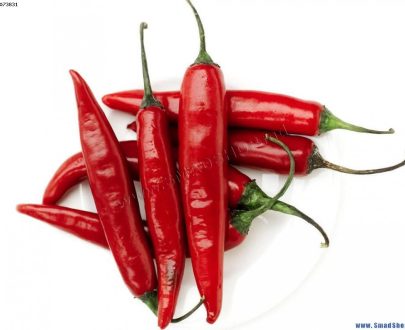
Customer reviews
Reviews
There are no reviews yet.
Only logged in customers who have purchased this product may leave a review.